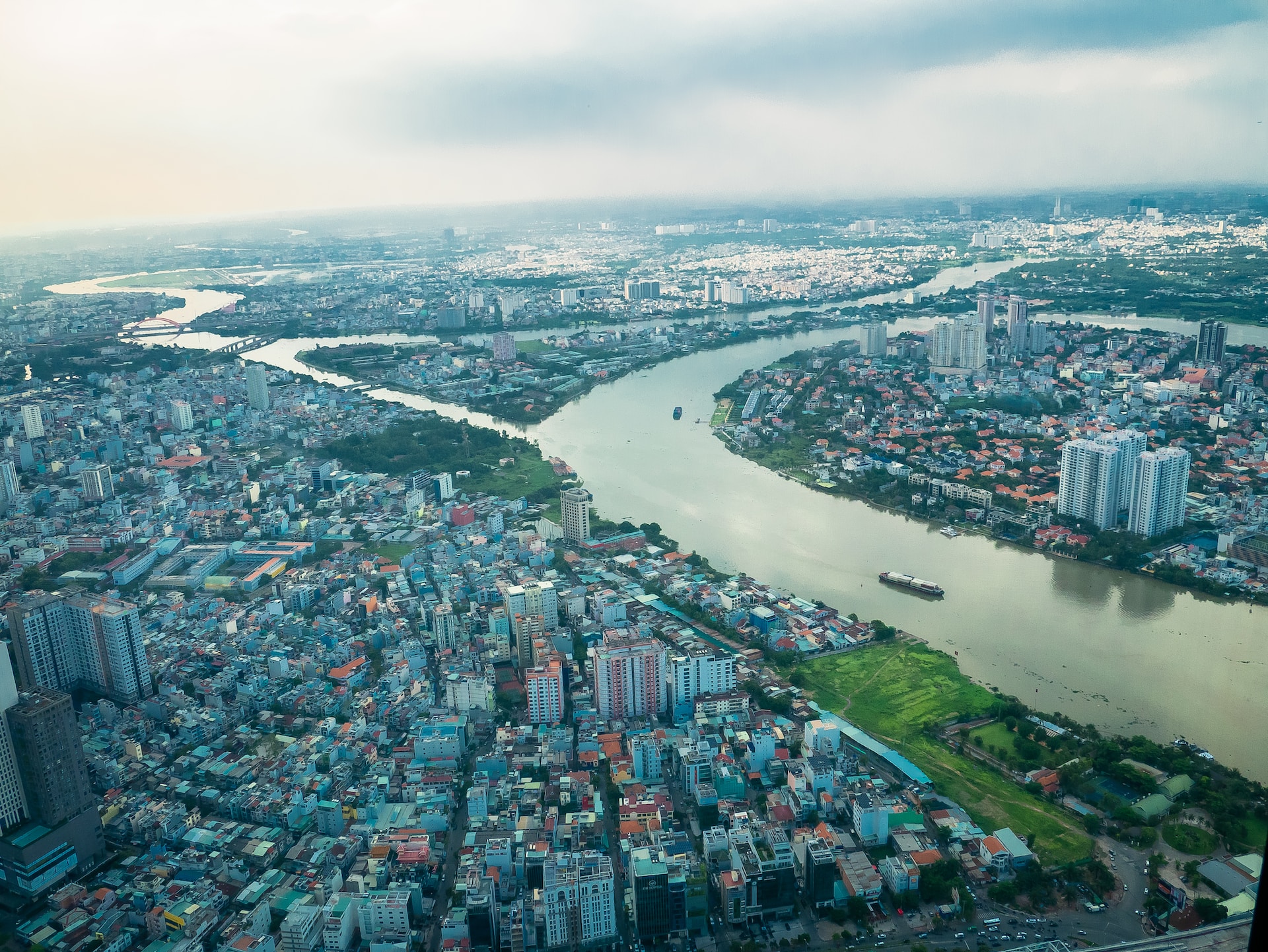Thriving on Risk
We live in a world of contradictory forces.
On one side, unprecedented ubiquity of fast connectivity and cheaper smartphones have accelerated the growth of the global economy by enabling greater access to communication tools and new opportunities. Between 2015 and 2019, global GDP grew from US$74.96 trillion to US$87.28 trillion. The smartphone has catalyzed the development of alternative payment solutions and avenues for business, leading to the emergence of sectors such as e-commerce, mobile payments, mobile banking, and e-governance. It has also led to the growth of other sectors such as the gig economy and live-selling through social media channels.
Southeast Asia’s smartphone- and internet-savvy populations have benefited immensely from these sectors, and the regional digital economy is helping supercharge cross-sectoral development. By 2025, Southeast Asia’s internet economy is expected to achieve US$330 billion in value.
However, this growth has come at a steep cost as new vulnerabilities and never-before-seen threats challenge our ability to withstand them. For example, with these new forms of connectivity, Southeast Asia has become increasingly exposed to potential cyberattacks, especially in lucrative and critical industries such as banking and healthcare. These risks have an economic cost to them: as cyberattacks on businesses have increased by 45% between April 2022 and 2023, the average cost of a data breach in ASEAN has soared to US$2.62 million.
This is true even outside the realm of cyberattacks: in 2020 alone, COVID-induced external shocks such as supply-chain disruption was estimated to have cost the US and European firms as much as US$4 trillion in lost revenue. Interruption in regular supply led to tightening of product supplies, raising the prices of meats, poultry, and fish by 4.3% in April 2020 as recorded by the US Bureau of Labor Statistics. Go back even further in time and we can see that the 2008 global financial crisis cost the global economy more than US$2 trillion. Other incalculable costs include losses in terms of productivity, demand and so on.
Manifesting Risks
Risks have come to characterize our modern, global economy. Mitigating them will require a multi-faceted, united effort from governments all over the world, especially as these dangers run the gamut, from the economic, environmental, geopolitical, and social fronts.
- Perhaps the most pressing risk currently facing the world are economic in nature: rising inflation, supply chain disruptions, and various debt crises. A lingering impact from the pandemic, in 2022, consumer prices inflated to an unbelievable 8.3% from 2.2% in 2019, marking the highest ever recorded growth in the past decade. Debt crises all over the world are increasingly getting out of hand, leading to an ever-widening wealth gap between the world’s richest and poorest countries and even the richest and poorest within a country. In its latest publication, IMF estimates over half of all low-income countries under debt distress or at high risk of it.
- Failure to set and meet national net-zero targets is another issue that has placed increased pressure on the global struggle against climate change. As of March 2022, only 33 countries and the EU have set forth net zero emission targets either in law or in a policy document. Meanwhile, more than 100 countries are contemplating such targets.
- Geopolitically, fears around deployment of nuclear, chemical, and biological weapons are increasingly heard in the mainstream. Many fear the ongoing war in Ukraine is dangerously close to escalate into a nuclear war, resulting in other countries such as China and the EU to become involved in a search for a peaceful resolution.
- On a societal level, the rising risks of food and energy insecurity—not to mention the inflating costs of healthcare and the erosion of human rights—has led to the gradual disintegration of the social fabric. Vulnerable communities face the brunt of these crises, as do many marginalized communities. The 2022 Human Freedom Index reports that across the world, we are witnessing a fall in most areas of freedom, with “significant declines in the rule of law; freedom of movement, expression, association, and assembly; and freedom to trade..”
Being Prepared
While the reality of these rising risks presents a bleak picture, this is also a landscape full of opportunities for possible collaboration and reimagining. For decades, the world has been stuck with an approach that has largely prioritized a top-down approach with many developed countries unable to find a place. This moment calls for a reorganization that gives greater weight to developing countries and a voice for the under-represented. Policymaking should be rooted in the collective, with discussion, multilateral planning and stakeholder engagement at the center.
Governments should start investing time and effort in developing global cooperation in thwarting developing risks to minimize their impacts. Investments should be pooled in to develop multi-domain cross-sectoral risk preparedness mechanisms. Leaders should encourage and embrace complexity working towards a balanced vision for a stronger and prosperous shared future.
Photo Caption: An aerial view of Saigon. Maybe it is time to give developing countries a greater say in global affairs.




